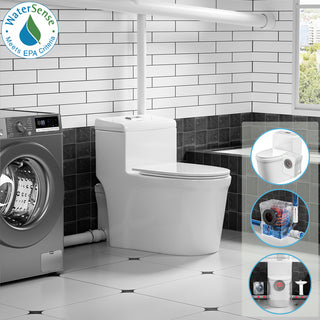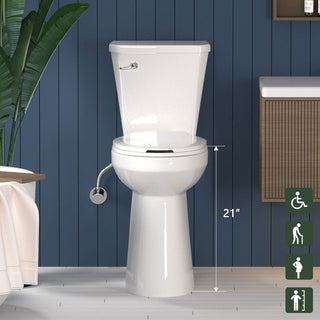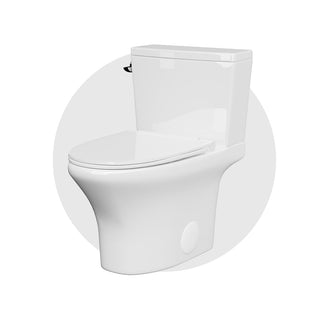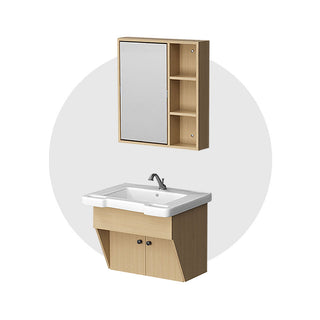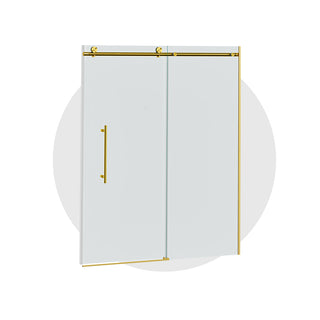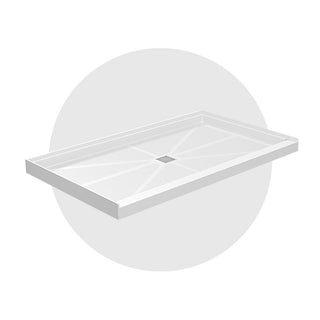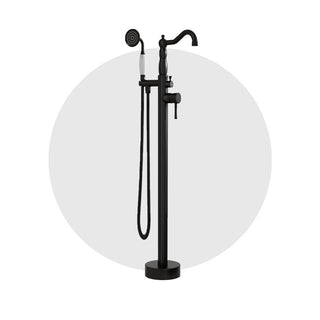From birth to around 2 years old, babies generally cannot consciously control their bladder, so they rely on diapers. However, around the age of 2, they begin to learn how to control their bodily functions and start the process of potty training. A child’s potty is the best tool for helping babies learn to use the toilet on their own, making it a worthwhile investment for parents.
This article will introduce you to the different types of child potties available on the market, along with their pros and cons.

2. Potty Training Seat
A potty training seat is a convenient tool that fits over an adult toilet, helping babies gradually transition to using the regular toilet. The design is usually simple, catering to a child's sitting posture, and it can be easily removed and cleaned after use.
Pros:
- Space-saving: No need for a separate potty; just the seat is enough.
- Smooth transition: Helps babies move from a standalone potty to an adult toilet.
- Portable: Lightweight and compact, making it easy to use when traveling.
Cons:
- Adjustment period: Some babies may have difficulty adjusting to the height of an adult toilet at first.
- Less stable: If the seat design isn't ideal, it may not be as stable, which could make the baby uncomfortable.
Best for: Ideal for babies around 2 years old who have a basic understanding of potty training and are ready to start transitioning to an adult toilet.

3. Potty with Handles
This type of potty is similar to the standalone potty but comes with handles on either side of the seat to help babies maintain balance. The handles are typically designed to fit a child’s hand, providing extra security and comfort during use.
Pros:
- Enhanced safety: The handles improve stability, reducing the risk of the child falling.
- Better comfort: The handles make it easier for babies to sit comfortably and maintain the correct posture.
Cons:
- Takes up more space: Compared to a potty without handles, this type takes up more room.
- More complex design: The design is more intricate than a basic standalone potty, which may require extra care during cleaning.
Best for: Ideal for babies who are just starting potty training, especially those who may need extra support or are prone to instability.

4. Potty with Splash Guard
Description: This type of potty is typically designed for boys, featuring a splash guard at the front to prevent urine from splashing out and to maintain cleanliness. These potties can be either standalone or portable designs.
Pros:
- Splash-proof design: The splash guard effectively prevents urine from spilling, making it especially suitable for boys.
- Helps with training: Aids boys in learning the correct potty posture and habits.
Cons:
- Not suitable for girls: The design is primarily intended for boys, so it may not be as convenient for girls.
- Cleaning issues: While the splash guard is effective, it may require extra attention during cleaning.
Best for: Particularly ideal for boys, especially during the stage when they are learning to stand while urinating.

5. Portable Potty
The portable potty is designed specifically for travel, being lightweight, foldable, and easy to carry. Its designs vary, with some being small standalone potties, while others can fold into a compact, travel-friendly bag, making it ideal for on-the-go use.
Pros:
- Easy to carry: Lightweight and compact, perfect for travel.
- Versatile: Some portable potties can double as a seat, adding flexibility.
Cons:
- Limited capacity: Compared to home potties, portable ones tend to have smaller capacity.
-
Less stable: Since it’s made to be portable, it may not be as stable as a traditional potty.
Best for: Ideal for families who travel frequently, helping babies maintain convenient potty habits while on the go.

Choosing the right potty for your child is a key step in successful potty training. Whether it's a standalone potty, a training seat, a potty with handles, or a portable option, each product offers unique benefits based on your child's needs and your family's situation. We hope this guide helps you find the perfect potty for your little one, making the training process smoother and more enjoyable.



